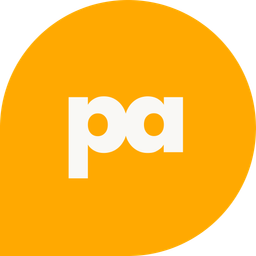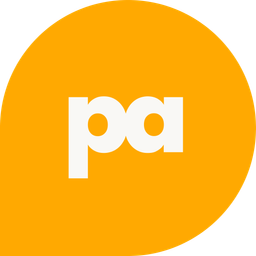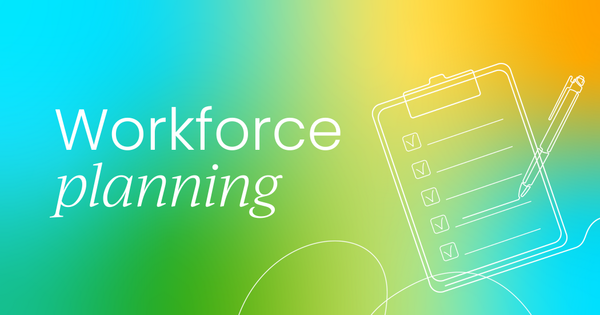What is workforce planning?
Have you ever thought about what would happen if your best people suddenly left? Or if you landed a big client but didn’t have the right team to deliver? Yeah... not fun.
That’s where workforce planning comes in.
Workforce planning is about making sure you’ve got the right people, with the right skills, in the right roles before you actually need them. It’s how businesses stay ahead instead of constantly playing catch-up.
You need to look at where your business is going, figure out what talent you'll need to get there, and then create a game plan to make it happen.
Some helpful questions to ask yourself include:
- Do we have the skills we’ll need six months from now?
- What if someone key to the company leaves? Are we ready?
- Are we spending too much on staff in one area and not enough in another?
If you’ve never asked those questions, you’re not alone. But now’s a good time to start. If you develop and improve your workforce planning strategy, you’ll save yourself time, money, and headaches down the line.
Workforce capacity planning: Is it the same thing?
The short answer is no. Workforce capacity planning is is more about the "here and now."
Instead of thinking years ahead, you’re focused on whether you have enough people to handle the workload today, next month, or next quarter.
It’s the practical, operational side of planning. You’re looking at upcoming tasks, projects, or service volumes and asking: Do we have enough staff to get this done? Do we need to adjust schedules, bring in temporary support, or shuffle resources around?
The two are connected, but they serve different purposes. Workforce planning helps you build the workforce you’ll need in the long run, while capacity planning makes sure you can deliver on your commitments in the short term.
One keeps you future-ready, the other keeps you running smoothly day-to-day.
When they work together, companies can avoid surprises, prevent burnout, and make smarter decisions about hiring and development.

Key aspects of workforce planning
Let's talk about what makes workforce planning actually work. There are a few key aspects you need to know to get this right.
1. Start with the business vision
Successful workforce planning starts with the company’s overarching strategy. The talent decisions you make today must support business objectives over a three-to-five-year horizon (or even longer).
So, think about where the business is headed in the next few years. Is it expanding? Digitising? Changing direction completely?
Your people plan needs to match your business plan. Understanding the talent implications of strategic decisions is crucial. Workforce planning ensures that people considerations aren’t an afterthought, but central to business planning.
2. Analysing the current workforce and future demand
Before you can plan for the future, you must understand where you stand today.
Be honest: have you actually looked at who’s on your team, and what they bring to the table? Not just names and job titles, but skills, experience, potential, and even who's thinking about leaving.
This is where you assess:
- Your team’s current skills and strengths.
- Any bottlenecks or burnout zones.
- Who might retire, resign, or move on soon?
At the same time, start forecasting what you'll need down the line. Big project coming up? New tech rolling out? That’s going to impact your people's needs. Think ahead enough to dodge major surprises.
3. Gap analysis: Identifying the cracks
Once current and future states are mapped out, a gap analysis helps pinpoint mismatches.
- Are there key skills missing?
- Are your managers ready to lead in a hybrid world?
- Will there be a leadership void due to upcoming retirements?
- Are certain departments over-resourced while others are struggling?
Your job is to connect the dots between today and tomorrow. And remember, gaps don’t mean failure, they mean opportunity. The sooner you find them, the easier they are to fix.
4. Implementation planning: Bridging the gaps
With gaps identified, the next step is action. Depending on the nature of the gap, solutions may include:
- Hiring fresh talent.
- Upskilling your current team.
- Moving people into new roles.
- Automating some tasks.
- Building a bench of future leaders.
These interventions should be tailored to your workforce realities, business goals, and budgetary constraints.
5. Stakeholder engagement and data
Effective workforce planning relies heavily on data such as headcount, turnover rates, retirement forecasts, performance metrics, and more.
But numbers alone aren’t enough. Input from HR, finance, line managers, and executives is important to ensure that plans are realistic and aligned.
Regular collaboration across departments not only improves the accuracy of forecasts but also fosters accountability for implementing solutions.
6. Monitoring, evaluation, and adaptation
Workforce planning isn’t a one-off exercise. Your workforce plan will need tweaks and probably more than once.
People leave, budgets change, priorities shift, and then just when you think it’s all settled, the market throws you a curveball. It’s normal.
7. Risk management and organizational resilience
Part of effective workforce planning involves anticipating disruption. What happens if your most senior manager quits tomorrow? Or if a project explodes and you suddenly need 10 extra people?
A robust workforce plan considers these risks and builds in contingencies through flexible staffing models, cross-training, digital tools, and strategic partnerships.

Global workforce planning
A PwC study with more than 56,000 workers across 50 countries found that:
- 45% say their workload has increased significantly over the past year
- 62% say the pace of change at work has accelerated
- 28% say they are very or extremely likely to switch employers in the next 12 months
This indicates global workforce volatility and highlights why proactive workforce planning is critical.
Global workforce planning takes all the principles of traditional workforce planning and stretches them across borders, cultures, time zones, and labor markets.
It’s about understanding not just what talent your organization needs, but where that talent should sit, how work can be distributed, and what external factors will shape your ability to hire, retain, and develop people around the world.
At its core, global workforce planning starts with mapping the organization’s international strategy against the talent landscape in each region.
For example, expanding manufacturing in Asia, opening a customer hub in Latin America, or building an engineering center in Eastern Europe each requires a different mix of skills, labor dynamics, and employment regulations.
Unlike domestic planning, which usually focuses on one set of laws, one culture, and one talent pool, global planning has to account for dozens of these variables simultaneously.
That means looking at regional skill availability, language requirements, cost-of-labor differences, and even geopolitical and economic trends that influence talent supply.
Another layer involves deciding where work should actually happen.
Should a new function be built in a high-cost market with deep expertise, or shifted to a lower-cost region with an emerging talent pool? Should teams be centralized, distributed, or built as hybrid hubs?
Global workforce planning uses data (cost models, productivity rates, tax implications, and infrastructure readiness) to answer these questions.
This is where organizations often find efficiencies, such as offshoring transactional work, nearshoring technical teams, or colocating talent with customer markets to improve service.
Cultural and organizational alignment also play a huge role. Global workforce planning must ensure that employees across countries share the same understanding of goals, roles, expectations, and leadership practices.
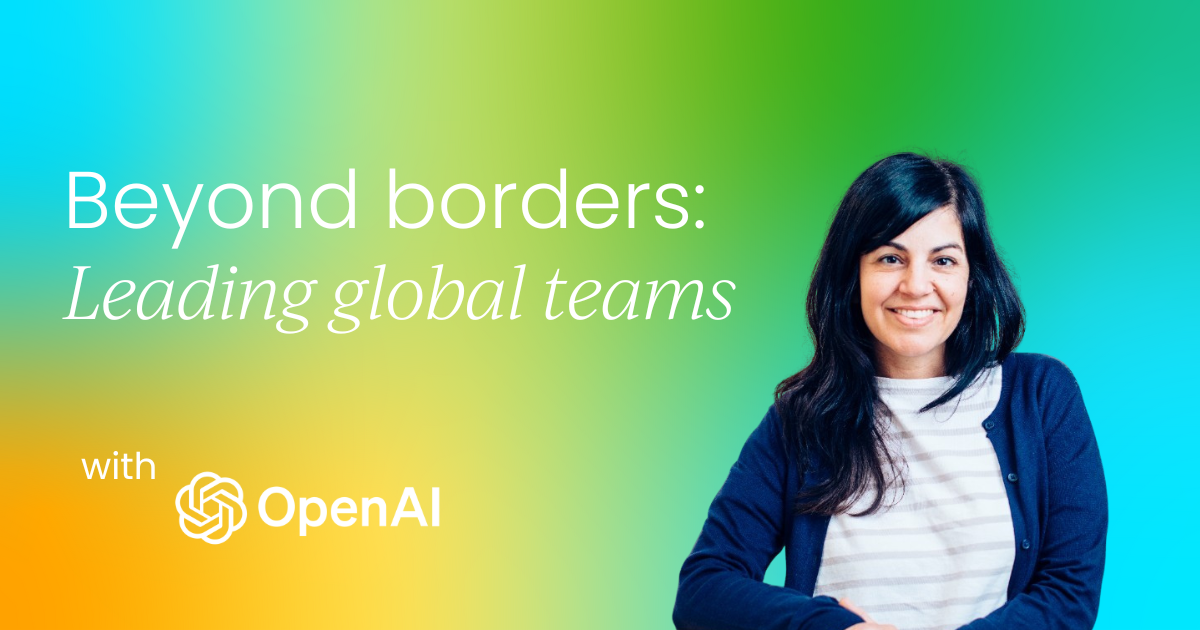
As teams scale across borders, organizations need consistent job architectures, compensation philosophies, and career frameworks, while still allowing flexibility for local norms and legal requirements.
The balance between global standardization and local adaptation is what ultimately makes or breaks a global workforce model.
Finally, global workforce planning is never a one-time exercise. Labor markets shift quickly; visa policies change, inflation spikes, new competitors enter the talent pool, and emerging markets suddenly become hotspots for specialized skills.
To keep up, companies need continuous monitoring and quarterly or semiannual refresh cycles, supported by strong analytics and close partnerships between global HR, finance, and regional business leaders.
When done well, global workforce planning gives companies a massive competitive advantage by helping them scale efficiently, access diverse skill sets, and stay resilient in an unpredictable global economy.
Benefits of workforce planning
When done well, workforce planning sets your organization up for long-term success, without the stress and constant scrambling.
So, what are the actual benefits of workforce planning? Let’s dive into them, one by one.
Smarter hiring, less wasted time
Ever rushed to hire someone only to realise they weren’t quite right for the role? Workforce planning helps you avoid that.
By forecasting what roles you'll need and when, you can take your time to find the right fit rather than hiring in a panic.
That means better recruitment decisions, stronger teams, and far fewer “what were we thinking?” moments.
Big cost savings
One of the biggest advantages of workforce planning is financial. When you plan ahead, you can budget better, avoid overstaffing, and reduce the costs that come with high turnover and emergency hires.
It also helps you invest more wisely in training and development because you’re putting money where it matters, not just where the latest fire is burning.
Happier, more engaged employees
People want to grow, and they want to know they’re not stuck in the same role forever. When you’ve got a workforce plan in place, you can offer clear career paths and development opportunities.
That kind of clarity boosts engagement, loyalty, and retention. And when your people stick around and feel valued, everything from productivity to culture gets a lift.
A team that’s ready for change
We all know that change is constant. Whether it’s a shift in the market, a new competitor, or a global curveball (hello, pandemics), you need to be ready.
One of the most underrated benefits of workforce planning is its ability to build resilience. When you know your people, your skills, and your gaps, you can pivot quickly.
You’re not frozen when someone important leaves or when your business suddenly needs to scale up.
Better decisions, backed by data
Workforce planning uses real data on staffing levels, skill gaps, performance, and turnover, ec. to help you make smarter, faster decisions. It turns HR from a reactive function into a strategic one.
You’re not just filling seats, you’re shaping the future of the business with insight and purpose.
Long-term stability and confidence
Here’s something often overlooked: when you plan ahead, everything feels a little more in control. Leaders can lead, teams can focus, and there’s a lot less panic.
That kind of stability is priceless. It lets you grow without constantly putting out fires, and it helps your people (and your leadership) feel confident about the future.
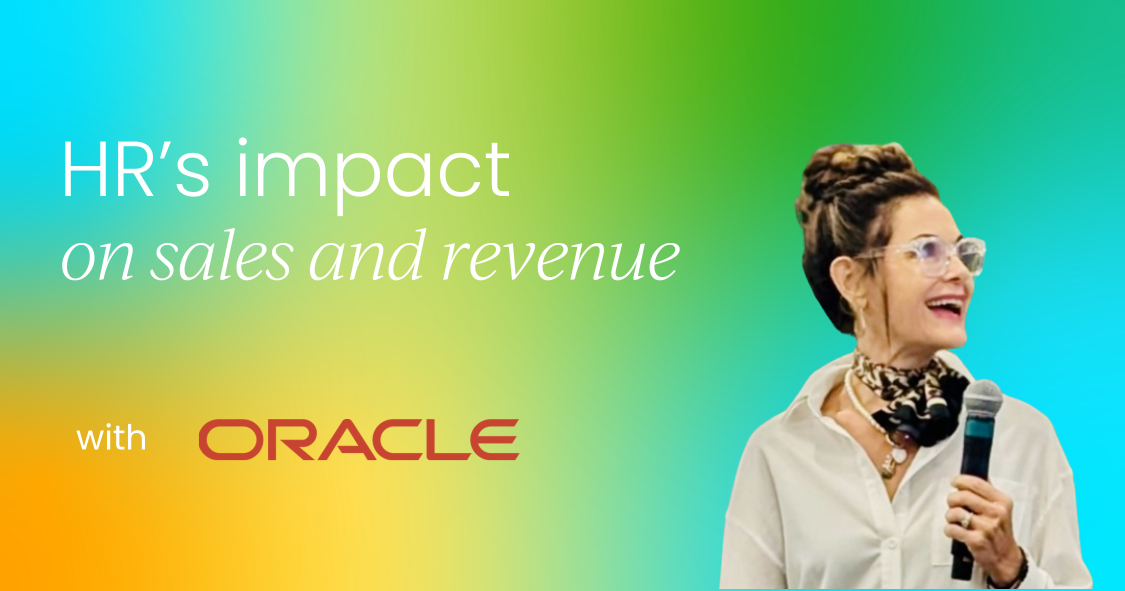
Types of workforce planning
Depending on your goals and timeline, there are different approaches you can take to workforce planning, and each serves a different purpose.
Understanding these variations will help you choose the best methodology for your needs.
Strategic workforce planning operates at the organizational level with long-term horizons, typically three to five years or more.
It aligns closely with business strategy and focuses on major workforce transformations, new market entries, or fundamental changes in how work gets done.
This type of planning helps you stay ahead of trends, prepare for growth, and make smart investment decisions around hiring and development.
Operational workforce planning focuses on shorter-term needs, typically six to 18 months, and addresses immediate business requirements.
It's more tactical in nature, dealing with seasonal fluctuations, project-based needs, or specific skill shortages.
Let’s say a retail chain is heading into the holiday season, they’ll use operational planning to make sure they have enough people on the floor, at the registers, and in the stockroom. It's simple, but essential.
Contingency workforce planning specifically addresses flexible workforce needs, including contractors, consultants, temporary workers, and freelancers.
As the gig economy grows and organizations seek greater flexibility, this specialized approach becomes increasingly important.
It helps you build resilience and often means cross-training employees so someone can step in quickly if needed.
Succession planning is more of a specialized form of workforce planning focused on leadership continuity and key role transitions.
It identifies high-potential employees, develops leadership pipelines, and ensures organizational knowledge and capabilities are preserved through transitions.
Skills-based workforce planning emphasizes capabilities over roles, focusing on the specific competencies needed to achieve business objectives.
This approach is particularly relevant in rapidly changing industries where traditional job descriptions quickly become obsolete.
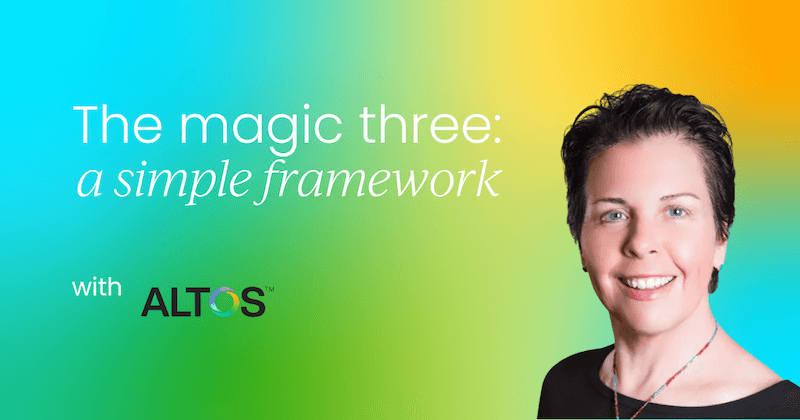
Workforce planning examples
Wondering what workforce planning looks like in the real world? We’ve put together some workforce planning examples to help you understand how it works in different situations.
A retail chain plans for seasonal peaks
Imagine a national retail chain gearing up for the holiday season. Rather than waiting until November, they use operational workforce planning to get ahead of the rush.
This includes forecasting how many seasonal workers they’ll need, where to place them, and how to train them quickly.
By planning early, they avoid being understaffed during the busiest time of the year, and customers enjoy faster service.
This approach works for retail because it leaves less room for surprises while providing customers with better service and keeping teams happier.
A tech company launches a new product
A fast-growing tech company is preparing to launch a major AI-powered tool.
It’s exciting of course, but it also demands new capabilities across product, engineering, marketing, and support.
Instead of reacting once the product is out, they use strategic workforce planning to prepare a year in advance. They:
- Map out what skills they’ll need.
- Identify current employees who can be upskilled.
- Start targeted hiring for specialist roles.
- Create a timeline for training and onboarding.
By the time launch day arrives, they have the right talent in place, and the team feels confident, not overwhelmed.
Healthcare addressing nursing shortages
Another relevant workforce planning example comes from healthcare.
A hospital group is facing a projected shortage of nurses over the next five years. Instead of panicking later, they adopt a skills-based workforce planning approach right now. They:
- Audit their current workforce by skill and certification.
- Identify roles that could be filled by newly qualified grads or upskilled support staff.
- Partner with universities to create early talent pipelines.
This proactive plan not only fills future gaps but also boosts employee engagement and career progression internally.
A manufacturing company prepares for automation
Let’s talk about one of the more forward-thinking strategic workforce planning examples.
A manufacturing company knows automation is going to change everything. Some roles will disappear, while others will grow more complex.
So they build a multi-year plan that includes:
- Predicting which jobs will be affected.
- Retraining operators for tech-focused roles.
- Phasing in new technologies alongside workforce transitions.
They don’t wait for disruption, they plan for it.
A startup wants to scale without chaos
Even smaller companies have great workforce planning examples. Take a fast-growing startup, for example.
With growth being so quick, the company needs to double its team in a year. Rather than hiring reactively, they sit down and sketch out:
- Which roles are most urgent.
- Who from the current team could grow into leadership.
- How to time hires so they don’t overload payroll.
They also include some basic succession planning to make sure if someone leaves unexpectedly, the whole system doesn’t fall apart.
A financial services firm responds to fintech disruption
Let’s add another real-world scenario to our list of workforce planning examples, this time in the financial services sector.
A well-established financial firm began feeling the heat from fintech startups moving fast and shaking up the industry.
Instead of waiting to be left behind, they employed workforce planning to build their digital capabilities while still staying on top of strict regulatory requirements.
Here’s what they did:
- Identified the critical digital skills they were missing (think: data science, UX, cybersecurity).
- Launched internal training programs to upskill their existing employees.
- Hired external talent in targeted roles to fill key gaps quickly.
- Formed cross-functional teams to speed up digital innovation.
This strategic workforce planning approach helped them become more agile, stay competitive, and meet compliance standards, all at the same time.
Want to keep the conversation going?
Come hang out in the People Alliance Slack Community. It’s free, friendly, and full of smart HR pros tackling the same workforce challenges you are.

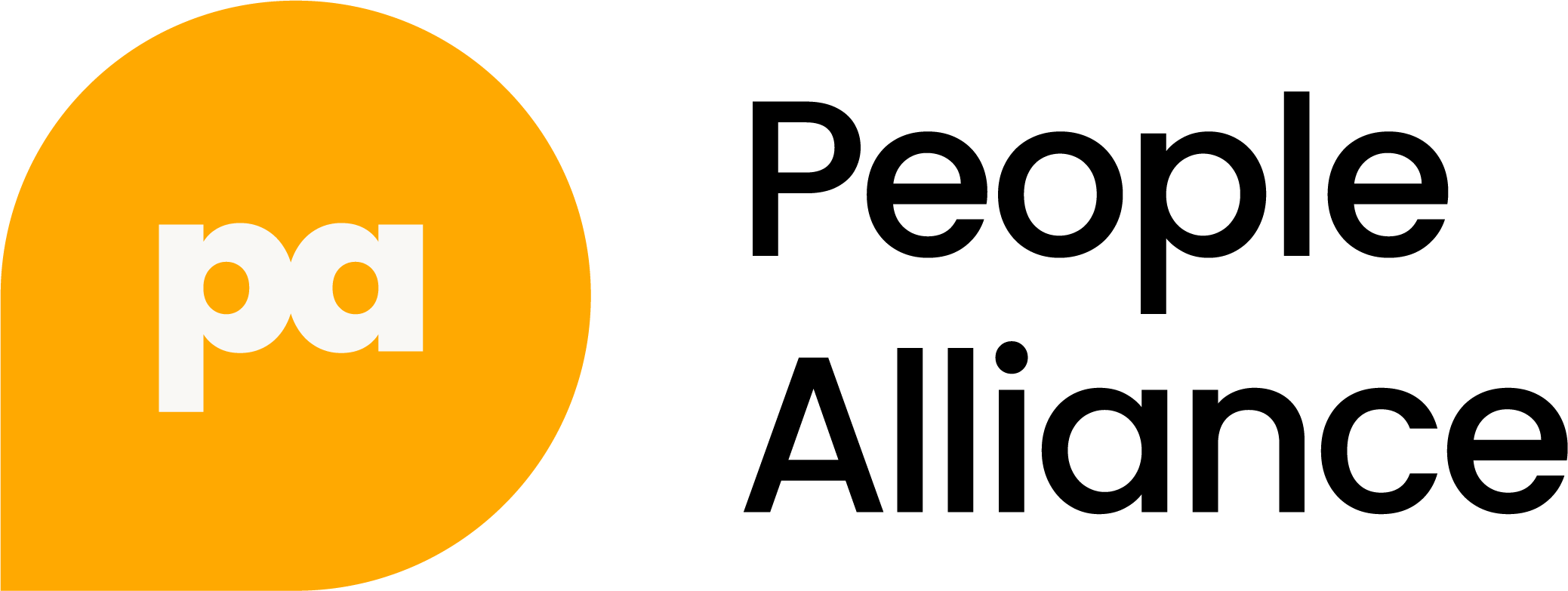

 Follow us on LinkedIn
Follow us on LinkedIn
